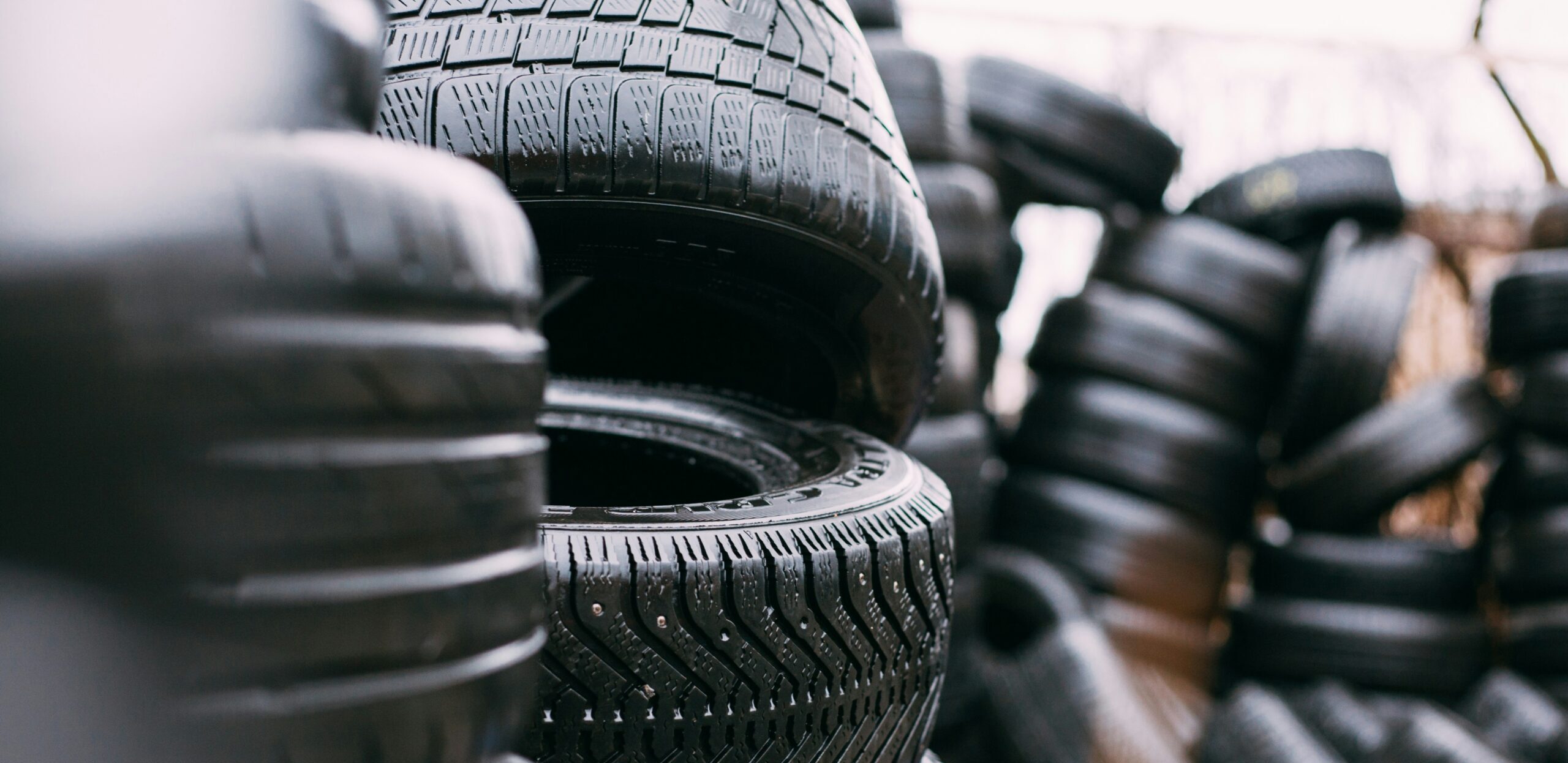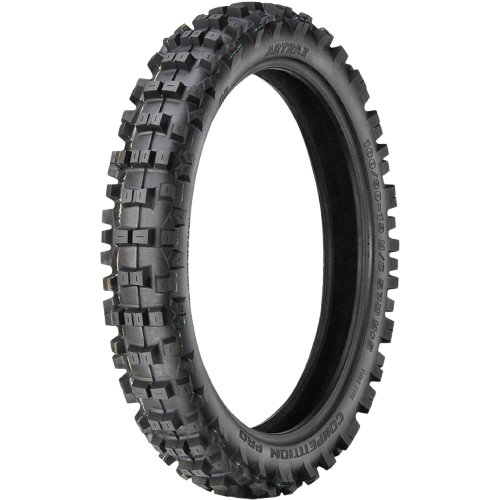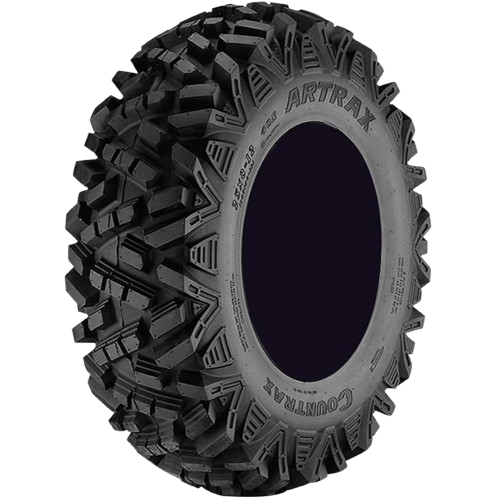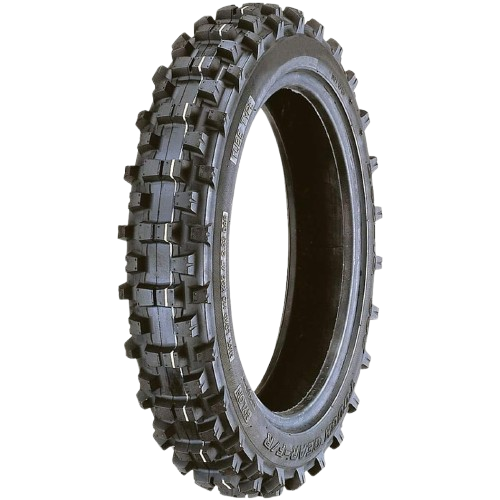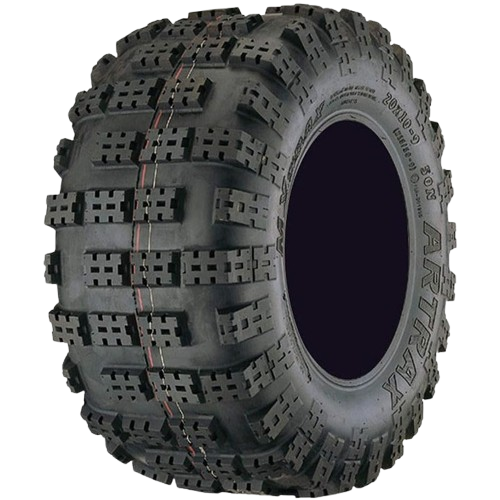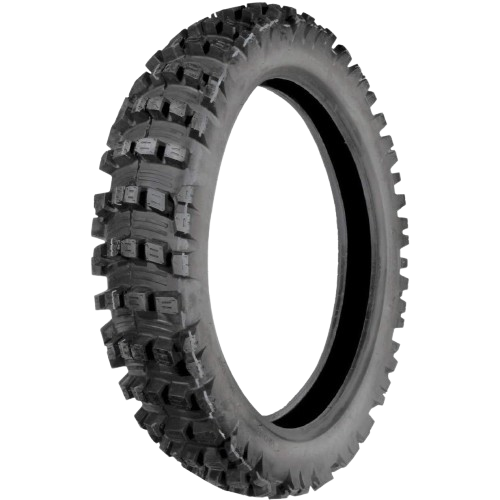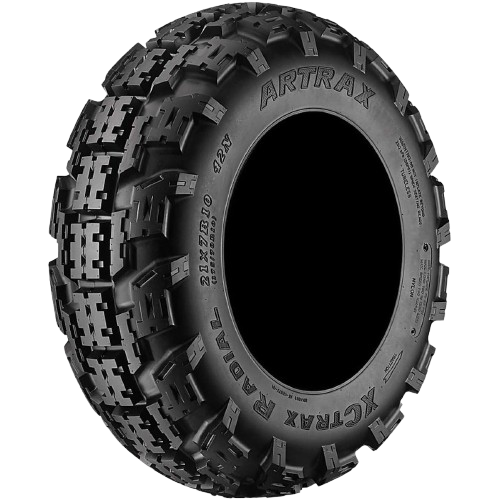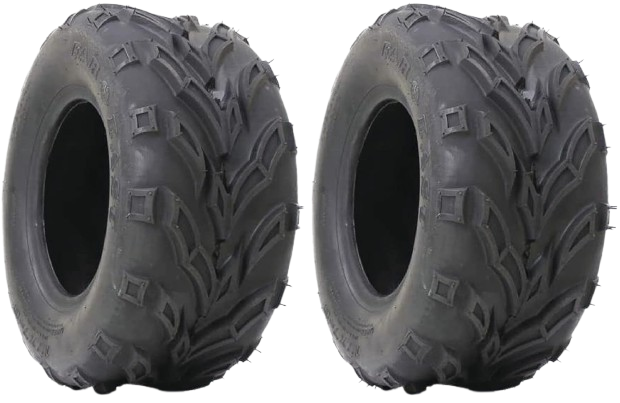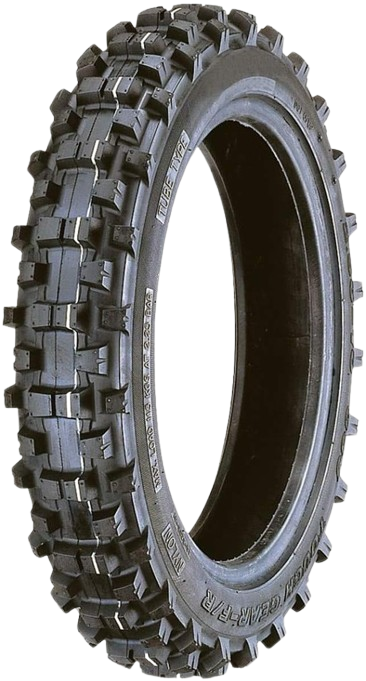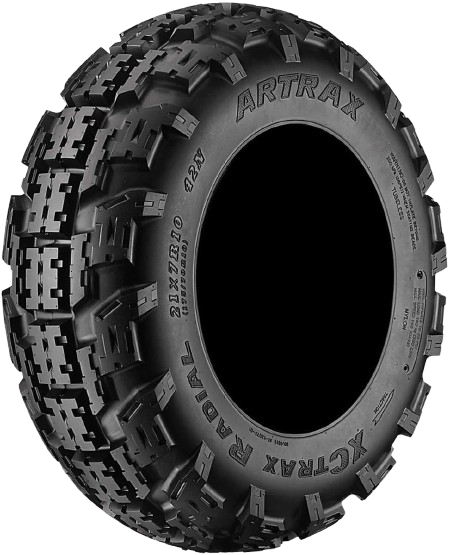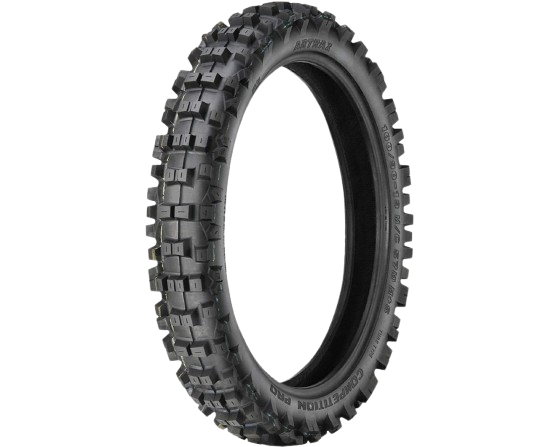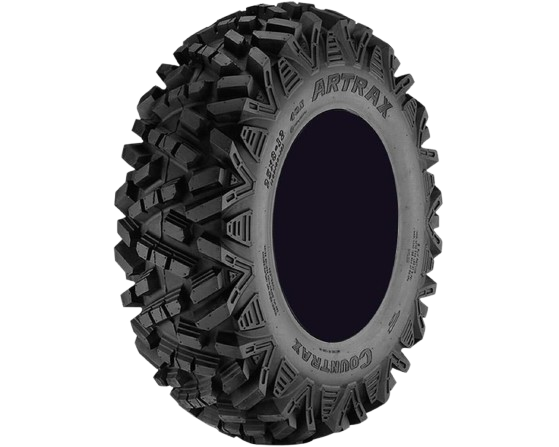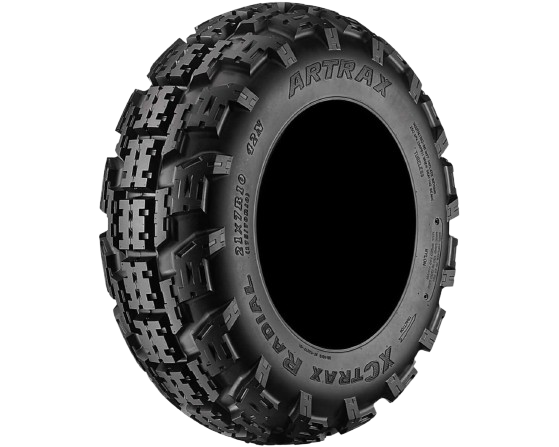Best Sellers
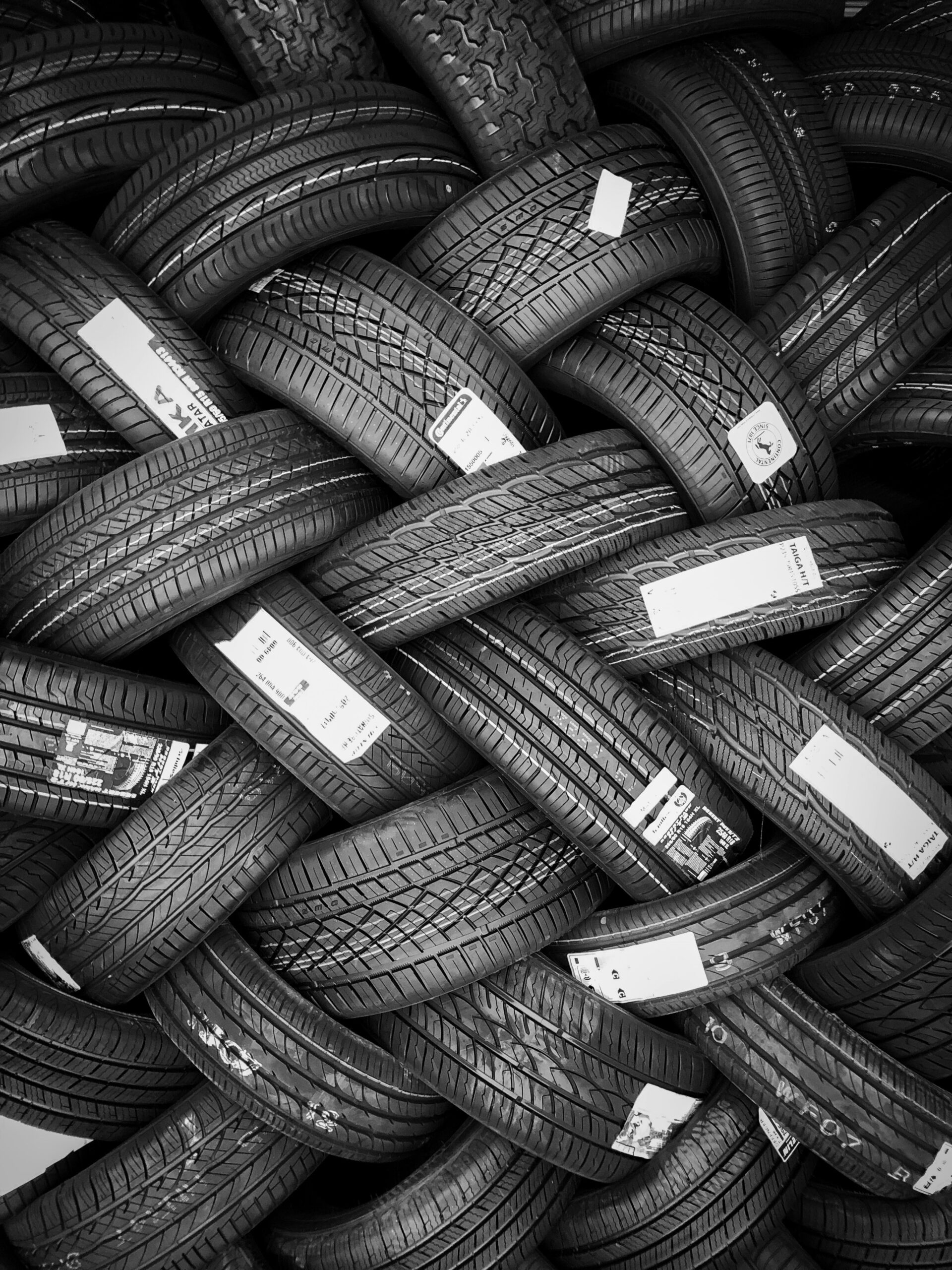
Built Where the Rubber Meets Reality
Look, Artrax basically started back in 2008 in some dusty Phoenix garage. Two racing buddies were just… done. Fed up with shredding expensive rubber on Arizona’s brutal terrain without anything to show for it but a empty wallet. It wasn’t about boardroom meetings or market research. Just some weekend experiments with tread patterns and compound formulas that eventually turned into something way bigger than they expected.
Today we’ve got this massive 40,000 square-foot facility, but the soul hasn’t changed much. We still test every design where it actually matters—on the gnarliest trails and tracks we can find. Our team is a weird, dedicated mix: former pro riders, mechanical engineers, and guys who just genuinely love the smell of fresh rubber. We make dirt bike and ATV tires for people who actually ride, not for some shiny showroom floor.
The truth is, we aren’t trying to reinvent the wheel. That’s just marketing fluff. We just want to make better tires for the riders who actually need them. Whether you’re lining up at a motocross starting gate, exploring backcountry single track, or hitting the mud with our MX or Countrax lines, we build this stuff to handle the abuse. No tech jargon. Just solid rubber to keep you moving when the trail gets rough. keep you moving forward when conditions get rough.
Built for Real Roads
The road doesn’t care about your schedule. Potholes, weather changes, and unexpected detours happen whether you’re ready or not. Artrax tires are engineered for the unpredictability of actual driving—not just test tracks and marketing photos.
Compound That Grips
Sidewall Engineering
Quiet at Speed
Extended Wear Life
Real Drivers, Real Miles
Marcus T.
“Put the Artrax MX-7s on my bike last season and they’re still gripping hard after 30+ track days. The side knobs barely show wear, which is insane for how aggressive I ride.”
Diego R.
“I switched from my old tires to the Artrax All-Terrains for my daily commute through construction zones. Zero flats in 8 months, and they handle wet pavement way better.”
Ryan M.
“The Enduro X series saved my race at Glen Helen. Hit some nasty rocks on lap 3 that would’ve shredded my old tires, but these just kept digging. Worth every penny.”
Tire Essentials
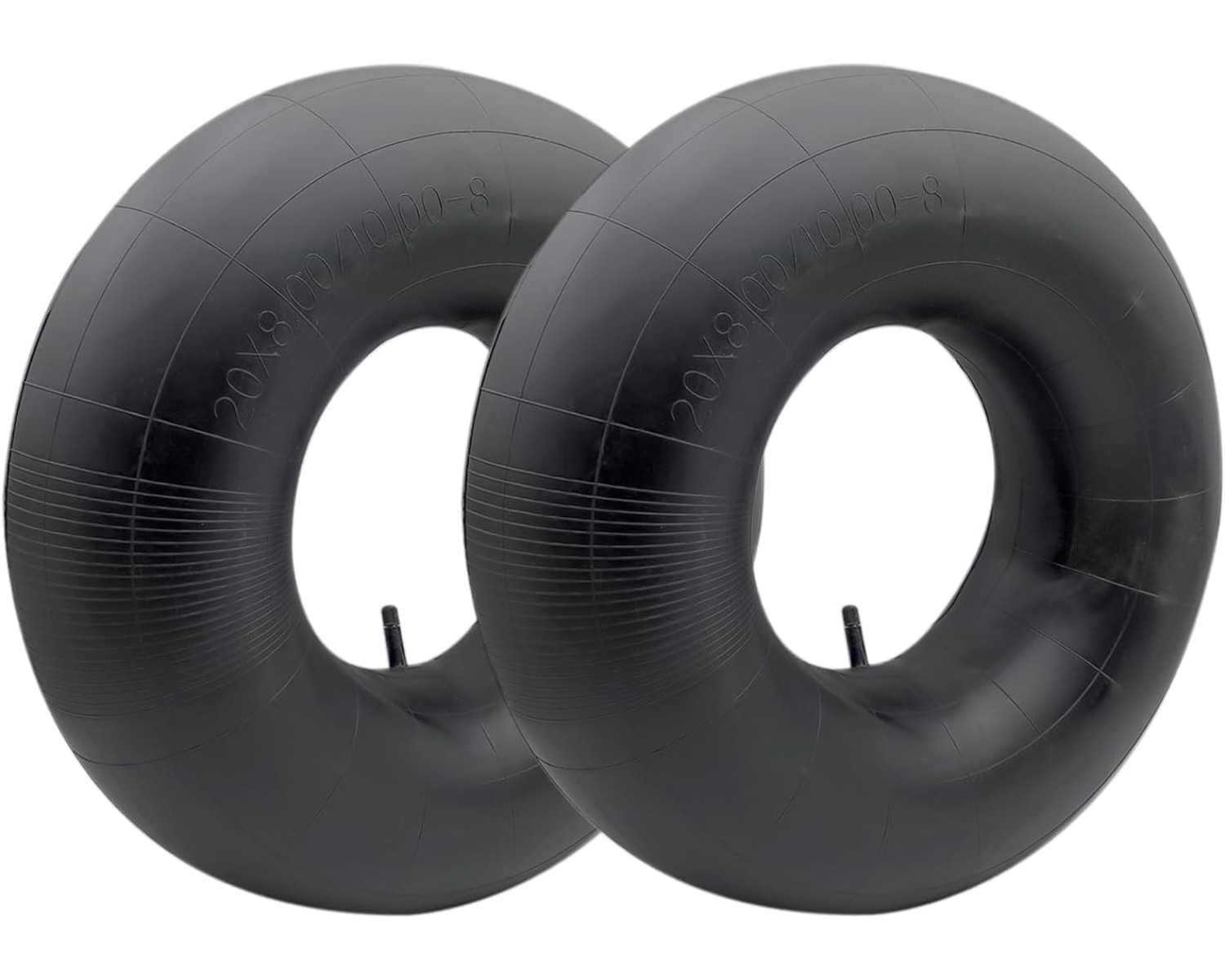
Inner Tubes
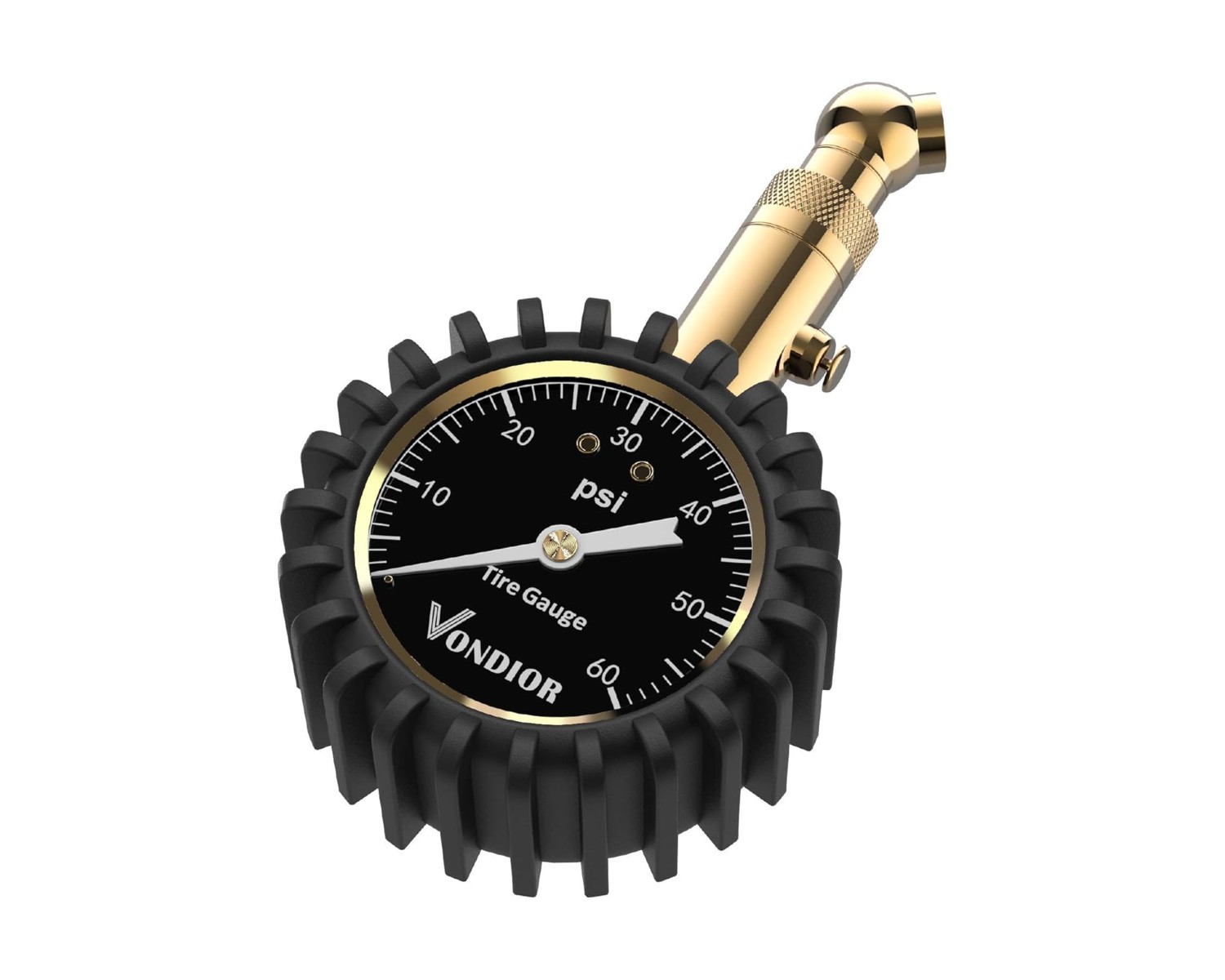
Tire Pressure Gauges
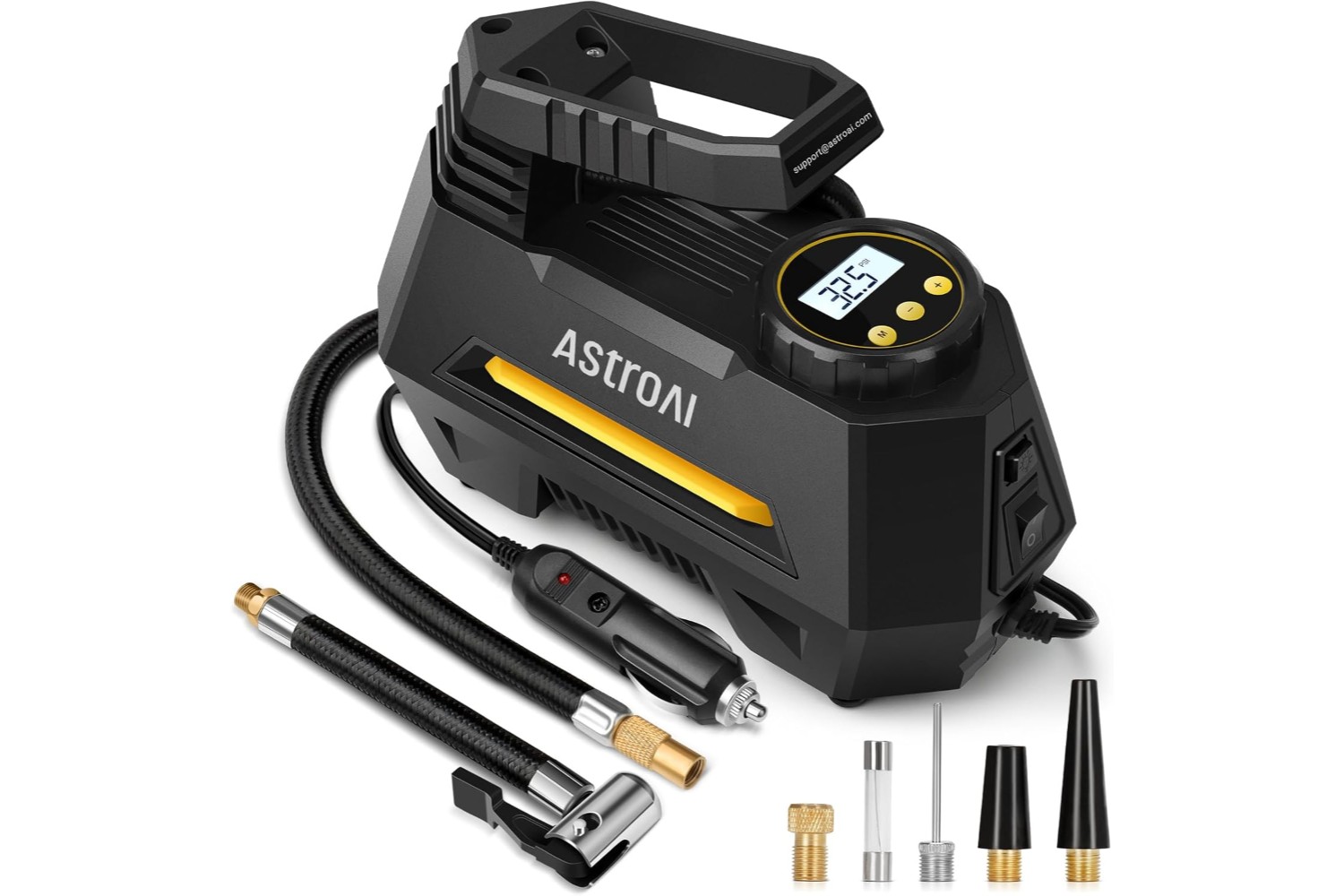
Tire Pumps
Monthly Updates Worth Reading
Subscribers receive practical tips, product news, and stories from the track delivered on the first of each month.
Common Questions
Most tires last between 25,000 to 50,000 miles depending on driving habits, road conditions, and maintenance. Regular rotation every 5,000-7,000 miles and proper inflation can significantly extend tire life. Highway driving generally causes less wear than city driving with frequent stops.
All-season tires provide decent traction in various conditions including light snow, making them suitable for year-round use in moderate climates. Winter tires use softer rubber compounds that stay flexible in freezing temperatures and feature deeper tread patterns specifically designed for snow and ice grip.
The penny test is a simple way to check tread depth – insert a penny upside down into the tread, and if Lincoln’s head is fully visible, it’s time for new tires. Also watch for uneven wear patterns, cracks in the sidewalls, bulges, or vibration while driving.
A tire marked “225/65R17” breaks down as: 225mm width, 65% aspect ratio (sidewall height as percentage of width), R for radial construction, and 17-inch wheel diameter. This information helps ensure proper fitment and performance characteristics.
For all-wheel drive vehicles, replacing all four tires together is typically recommended to prevent drivetrain damage. For two-wheel drive vehicles, replacing tires in pairs (both front or both rear) is acceptable if the other pair has sufficient tread remaining.
Tire pressure should be checked at least once a month and before long trips. Temperature changes affect pressure – tires lose about 1 PSI for every 10°F drop. Proper inflation improves fuel economy, handling, and prevents premature wear.

